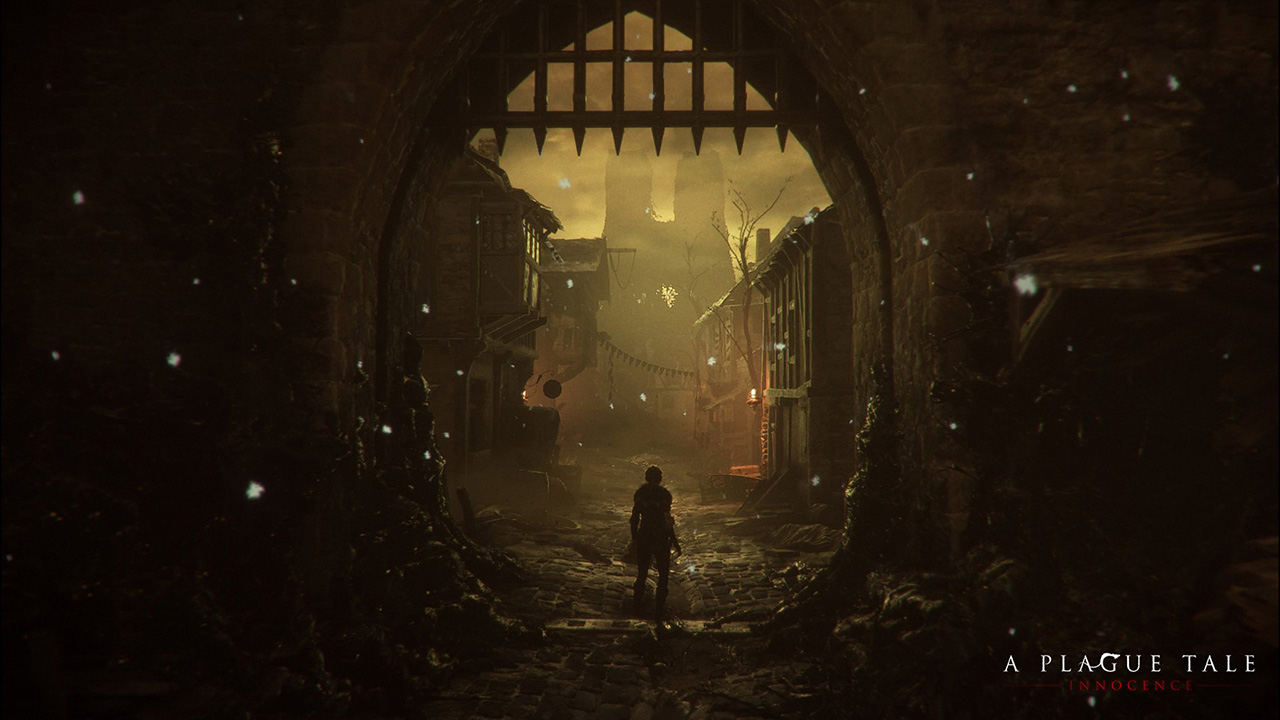Simply put, destructuring in Clojure is a way extract values from a datastructure and bind them to symbols, without having to explicitly traverse the datstructure. It allows for elegant and concise Clojure code.
This file contains hidden or bidirectional Unicode text that may be interpreted or compiled differently than what appears below. To review, open the file in an editor that reveals hidden Unicode characters.
Learn more about bidirectional Unicode characters
| #!/usr/bin/env python | |
| import argparse | |
| import copy | |
| import math | |
| import pickle | |
| import random | |
| from itertools import combinations | |
This file contains hidden or bidirectional Unicode text that may be interpreted or compiled differently than what appears below. To review, open the file in an editor that reveals hidden Unicode characters.
Learn more about bidirectional Unicode characters
| if (!Object.__proto__) { | |
| var sandbox = function () { | |
| // create an <iframe> | |
| var iframe = document.createElement("iframe"); | |
| iframe.style.display = "none"; | |
| document.documentElement.appendChild(iframe); | |
| return frames[frames.length - 1]; | |
| } | |
| var iframe = sandbox(); |
This file contains hidden or bidirectional Unicode text that may be interpreted or compiled differently than what appears below. To review, open the file in an editor that reveals hidden Unicode characters.
Learn more about bidirectional Unicode characters
| // Just before switching jobs: | |
| // Add one of these. | |
| // Preferably into the same commit where you do a large merge. | |
| // | |
| // This started as a tweet with a joke of "C++ pro-tip: #define private public", | |
| // and then it quickly escalated into more and more evil suggestions. | |
| // I've tried to capture interesting suggestions here. | |
| // | |
| // Contributors: @r2d2rigo, @joeldevahl, @msinilo, @_Humus_, | |
| // @YuriyODonnell, @rygorous, @cmuratori, @mike_acton, @grumpygiant, |
This file contains hidden or bidirectional Unicode text that may be interpreted or compiled differently than what appears below. To review, open the file in an editor that reveals hidden Unicode characters.
Learn more about bidirectional Unicode characters
| /** | |
| * @file endianness.h | |
| * @brief Convert Endianness of shorts, longs, long longs, regardless of architecture/OS | |
| * | |
| * Defines (without pulling in platform-specific network include headers): | |
| * bswap16, bswap32, bswap64, ntoh16, hton16, ntoh32 hton32, ntoh64, hton64 | |
| * | |
| * Should support linux / macos / solaris / windows. | |
| * Supports GCC (on any platform, including embedded), MSVC2015, and clang, | |
| * and should support intel, solaris, and ibm compilers as well. |
This file contains hidden or bidirectional Unicode text that may be interpreted or compiled differently than what appears below. To review, open the file in an editor that reveals hidden Unicode characters.
Learn more about bidirectional Unicode characters
| char (*__kaboom)[sizeof( xxx )] = 1; | |
| // xxx can be a variable or a data type | |
| // See https://stackoverflow.com/questions/20979565/how-can-i-print-the-result-of-sizeof-at-compile-time-in-c | |
| // Exemple of code: | |
| // char (*__kaboom)[sizeof( long long )] = 1; | |
| // GCC error: | |
| // error: invalid conversion from 'int' to 'char (*)[8]' [-fpermissive] | |
| // So sizeof(long long) == 8 |
A couple of weeks ago I played (and finished) A Plague Tale, a game by Asobo Studio. I was really captivated by the game, not only by the beautiful graphics but also by the story and the locations in the game. I decided to investigate a bit about the game tech and I was surprised to see it was developed with a custom engine by a relatively small studio. I know there are some companies using custom engines but it's very difficult to find a detailed market study with that kind of information curated and updated. So this article.
Nowadays lots of companies choose engines like Unreal or Unity for their games (or that's what lot of people think) because d
